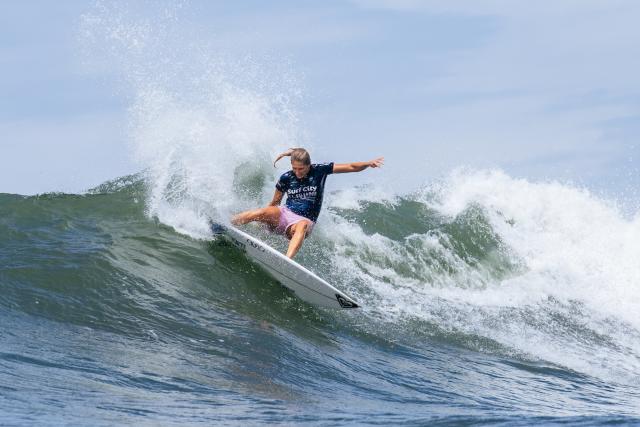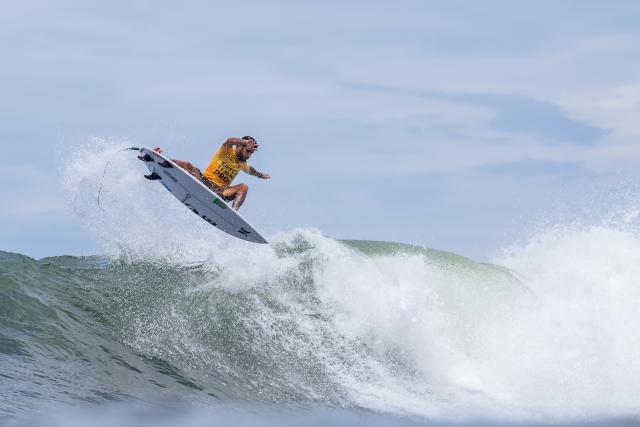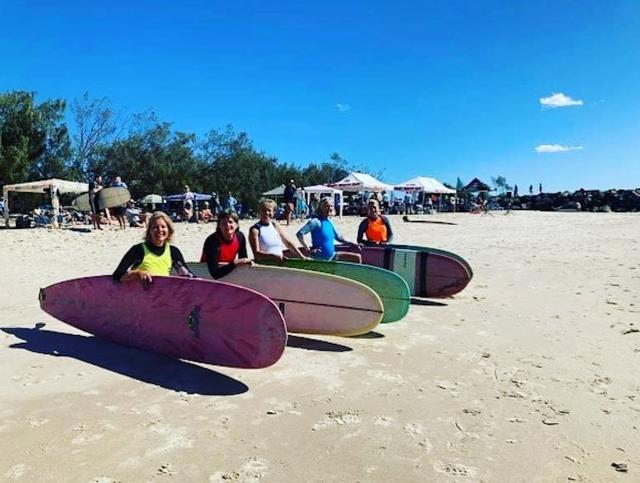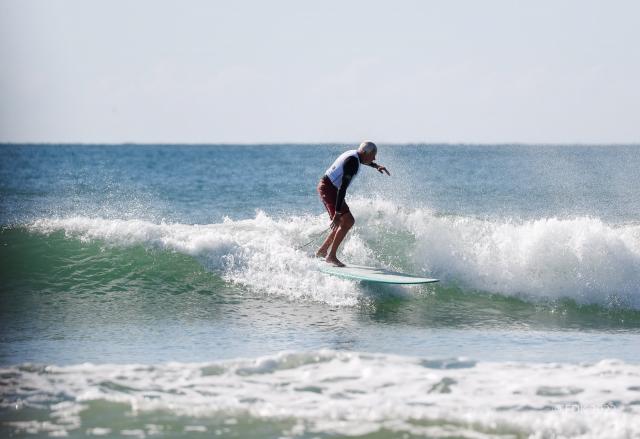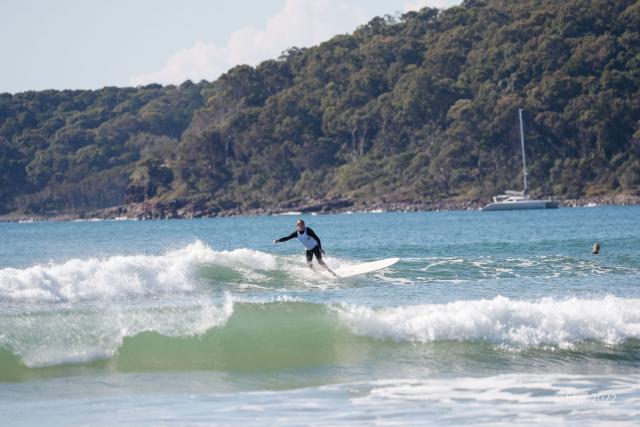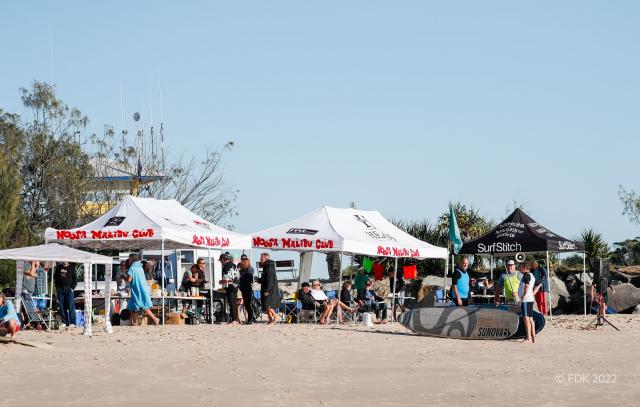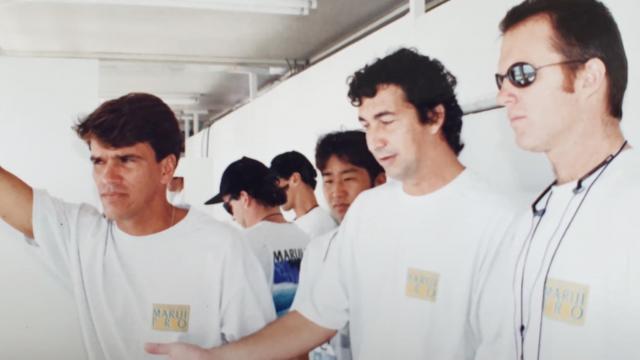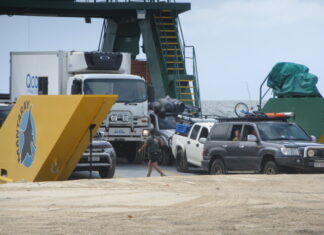With three events to go before the World Surf League finals series, the heat is really on to make the final five.
Watching the world’s best hard charging on a righthand point break with everything on the line should have been compulsive viewing, but to be honest, the time zone difference between El Salvador and Bali proved too challenging, and I’ve just caught up with the highlights packages. And Punta Rocas sure had its moments, going from a brown water onshore mess the first day to oily glass perfection the next and back to fairly ordinary for the final day.
There were some outstanding performances in both divisions.
First, the women’s where finally Steph Gilmore could shrug off all the speculation about being past her best, ready to retire etc etc, and show the world that she’s still the most stylish female surfer we have. Once she found her wheels in the elimination round, Steph looked a cut above the rest, even current rankings leader Carissa Moore. Steph posted two excellent scores to take her quarter from our own Isabella Nichols, kept her cool in a grinding semi against Caroline Marks, then fired up with another near excellent showing to take the event away from Lakey Peterson.
The seven-times’ world champ is now third in the rankings and well-placed to make the final five.
In the men’s, our last hopes, Jack Robinson and Callum Robson, were eliminated in the quarter finals, leaving the Brazilian stormtroopers Toledo, Medina and Ferreira to keep out California’s Griffin Colapinto. It got down to Griff and Fil, a rematch of the previous WCT event in G-Land. And this is when it got a bit nasty.
Now I’ve been mesmerised by young Colapinto’s rise and rise this season. He looks the complete package now, and a future world champion, possibly this year. But I don’t see how he won that final. They were locked on the same score in the dying minutes, with Toledo holding the win cards of highest single score and priority. And he let Griff go on a mediocre lump which is just enough to punt high and land it in the flats for a win by a point. It was a good move on an ordinary wave but it wasn’t an eight.
Toledo couldn’t believe it. Brazil couldn’t believe it. Social media went Brazil nuts with threats and accusations which hopefully will be forgotten by the time the next event starts in Brazil later this week.
In the rankings wash up we still have Jack Robinson behind leader Toledo, with Griff sliding into third. Our other chances to make final five are Ethan Ewing at seven and Callum Robson at eight.
Wrecks rack up another one
Well, the Wrecks and Relics over 50s surf comp sure looked like fun, with plenty of sweet little sliders on offer down at the river mouth.
This is the first one I’ve missed in a very long time, but I’ll be back next year. In the meantime I’d like to tell you who won but the Wrecks may have over-sipped at the Reef Hotel pressos because the results don’t seem to have been posted anywhere. Ah well, that’s kind of the spirit of the event. Fortunately, ace photographer Fenna De King was able to provide Life of Brine with a photo coverage, so enjoy the images.
Vale Mano Ziul
It’s not a name you would have heard unless you were a working part of surfing’s pro tour at some point over the past 30 years, but Mano Ziul, a mild-mannered but fun-loving Brazilian, played a key role in the professional sport’s development.
In 1984 Mano, a keen surfer, was running a computer store in Rio de Janeiro with a partner when he started messing around with a computerised judging system for surfing contests. He started using the prototype in small contests around Rio and by 1986 he felt it was developed enough to show to the directors of the Association of Surfing Professionals, then the governing body. It took another couple of years of nerding around for Mano to get the system event-ready, but it debuted in 1988 at the Sundek Classic in Sao Paulo, won by Australian Damien Hardman, so it must have been a good system!
Mano and his small team were hired by the ASP and the world of pro surfing changed overnight. Being able to know the comparative points situation at any time during a heat enabled surfers to strategise and surf to a plan for the first time. But building an efficient system at beach sites around the world was hard work, as Mano told Swellnet’s Stu Nettle: “It helped that I like to solve problems, because every contest was a challenge.”
I got to know Mano during my years managing world tour events for Quiksilver around the turn of the century and found him to be the perfect man in a crisis, perhaps not totally unflappable but a methodical problem solver who was also an engaging, interesting fellow.
Mano had a brain tumour removed several years ago and it is understood that complications from that resulted in his death last week. He was 61.

